You think your family reunions are big? Meet the Miami Cubans behind an 850-person bash
Growing up, Cori Montalvo Beaubien dreaded family reunions. She spent hours in a room with strangers, greeting a bunch of people whose names she didn’t know.
But they got better over time. She began to recognize friends and peers from dance parties and summer camps.
“As a kid, I just thought that was part of being Cuban,” said Beaubien, 49, who lives in Coral Gables. “That everybody had a million cousins.”
Beaubien’s latest family reunion was no small affair: 850 relatives descended on the Biltmore in Coral Gables to catch up.
They filled one another in on their lives, but everyone had one thing in common. They’re all descendants of Don Antonio Gonzalez de Mendoza and Doña Maria de la Mercedes Pedroso, a prominent Havana family in colonial Cuba. The families that spilled into the hotel courtyards and ballrooms for a weekend of Cuban music and arroz con pollo are just a fraction of the couple’s 2,836 progeny.
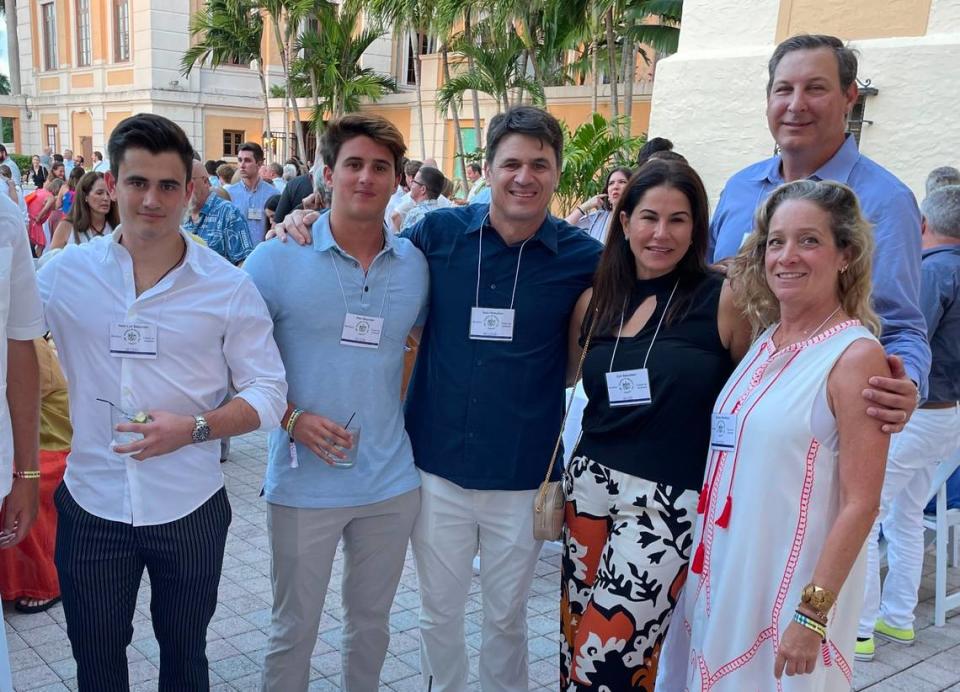
Mendoza family history is part of Cuba’s history
The marriage of Don Antonio, who lived from 1828 to 1906, and Doña Maria, who lived from 1835 to 1895, brought forth 12 children. But the more than 2,000 descendants today trace their lineage to one of seven groups, which were started by the couple’s children who married.
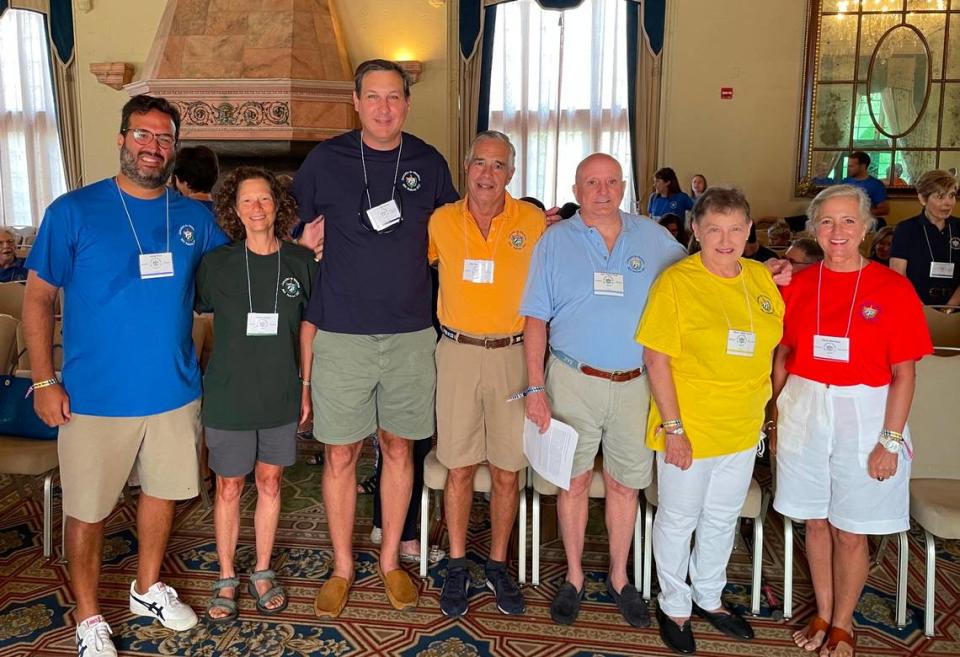
“A lot of the history of the family is really the history of Cuba,” said Jose Valdes-Fauli, an event organizer.
Don Antonio’s family migrated to Cuba from southern Spain in the late 18th century, said Andres Mendoza, another event organizer. The Pedrosos were an original founding family of colonial Cuba and lived on the island since the late 1500s.
Don Antonio was an accomplished lawyer who started a multi-generational law firm in 1854, Valdes-Fauli said. He later served as mayor of Havana and president of the Cuban Supreme Court. He was widely respected for his integrity, fairness and morals.

However, Doña Maria’s father opposed his daughter’s suitor because the Pedroso name was one of distinction and nobility. The Mendoza name was not.
“He was educated but his family was only there for two generations,” Andres Mendoza said.
Doña Maria’s father ultimately accepted the union and allowed Don Antonio to inherit his estate after his death. Don Antonio disagreed with his father-in-law’s pro-slavery beliefs and freed the 300 slaves on the family’s sugar mill in 1879, Mendoza said. Slavery was abolished in Cuba in 1886.
With their wealth, the family built a home at 23 Amagura St. in Old Havana, Valdes-Fauli said. The house is spotlighted in the “Great Houses of Havana,” a book about architecture in the island nation, and includes an 1886 portrait of the family.
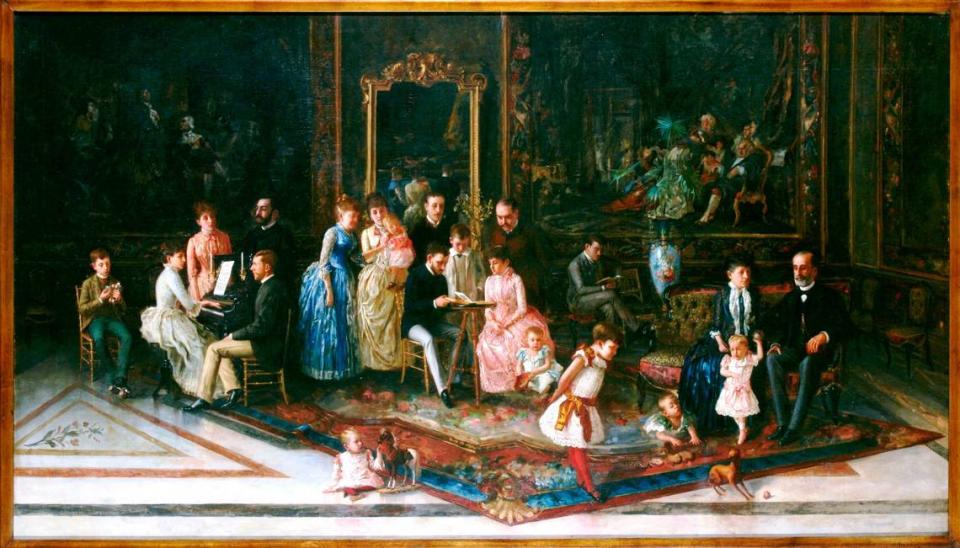
The house became a multi-generational home, with the couple’s children moving in with their spouses, Valdes-Fauli said. Almost 100 people, including servants and business staff, lived in the home that included galleries, billiard rooms and courtyards.
When Don Antonio died, the family spread out but remained tight-knit. They were part of Havana’s elite — doctors, lawyers, bankers, businessmen, even baseball stadium owners.
“All the children married into incredibly prominent families,” Valdes-Fauli said. “They all continued by building the major houses in Cuba. They all became incredibly prominent people in the history of Havana.”
When Fidel Castro took power in 1959, the Mendozas of Havana fled and ended up in the U.S., Spain, Puerto Rico, Mexico and even Luxembourg. Fewer than a dozen stayed behind, Mendoza said. But the exiled family members have no contact with those in Cuba.
The Mendoza name meant nothing after the revolution. The family’s investments were all in Cuba. Wealth, social status, prestige — all of it was gone.
They had to start over, with most in Miami. And they did.
Some descendants like Grand Duchess of Luxembourg Maria Teresa, actor Nestor Carbonell and former Major League Soccer Commissioner Doug Logan attained their ancestors’ prestige. Former Coral Gables Mayor Raul Valdes-Fauli is also a descendant of Don Antonio and Doña Maria.
“The family had great power and great wealth in Cuba,” Jose Valdes-Fauli said. “But the family was able to rebuild that in the United States, to have very comfortable lives.”
Tracing family history to Miami
The Mendoza family began tracing their genealogy through a numbering system, in the early 1900s, Valdes-Fauli said. Since then, the family has adopted modern tools like spreadsheets.
The numbering system is the same as it was hundreds of years ago, he said. The first number represents the group number. The second number represents which child of the original offspring you come from. Every additional number records birth order.
“We maintain it,” Valdes-Fauli said. “It’s really by the book. Every single member of the family is documented.”
Only four of the groups carry Don Antonio’s last name, Mendoza said. But all carry his legacy — and a part of Cuba.
Mendoza’s father, who died 13 years ago, once told him the story of when he left Cuba. On the plane, his sister told him to admire the view because they will never return. He responded: We’ll be back within a year. The revolution isn’t going to last.
But it did, and it’s a story that rings true for many Miami Cubans. Yet the Mendozas tried to stick together.
“The family values stay with the person, not with the land,” Mendoza said.
A family reconnecting in exile
The family had their first reunion in 1902 in Havana and infrequently met before leaving the island, Valdes-Fauli said. They had their first reunion in Miami in 1976. In 2002, reunions became a tradition every five years.
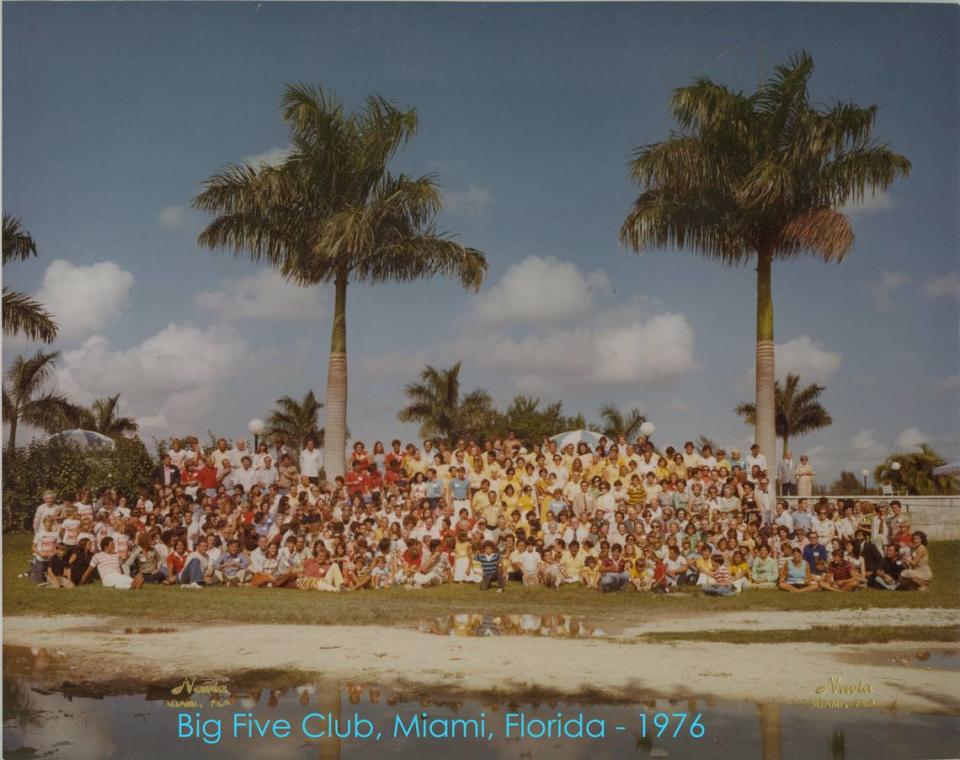
The reunions are an opportunity for the family to connect, meet and expose their children to Cuban culture and history. The family usually keeps in contact through Facebook, Instagram, email and — like many immigrant families — a WhatsApp group chat, Valdes-Fauli said.
They even have an app, developed by Rafael Mendoza, a cousin who works at a major software company, that can determine the genealogical relationship of two family members at the scan of a QR code, Andres Mendoza said.
Children enjoy discovering their ID numbers and playing with their cousins, Valdes-Fauli said. Reunion organizers also curated a small museum of family archives as well as a children’s book to educate the younger generation.
Alejandro Mendoza, 40, made his way to the Gables reunion from Salt Lake City, Utah, with his wife and two sons, 10 and 5. He was raised in Miami and attended most reunions as part of Group 3 since 1988.
For Mendoza, the reunion is an opportunity to bring the Cuban and family traditions to his sons. He began his trip with breakfast at La Carreta on Calle Ocho the Friday before the weekend gathering. He took time at the reunion to explain the family museum to his kids.
“For me growing up in Miami, we had tons of people around always,” he said. “But they’re growing up in Utah. ... We don’t have any family around. It’s a whole different world.”
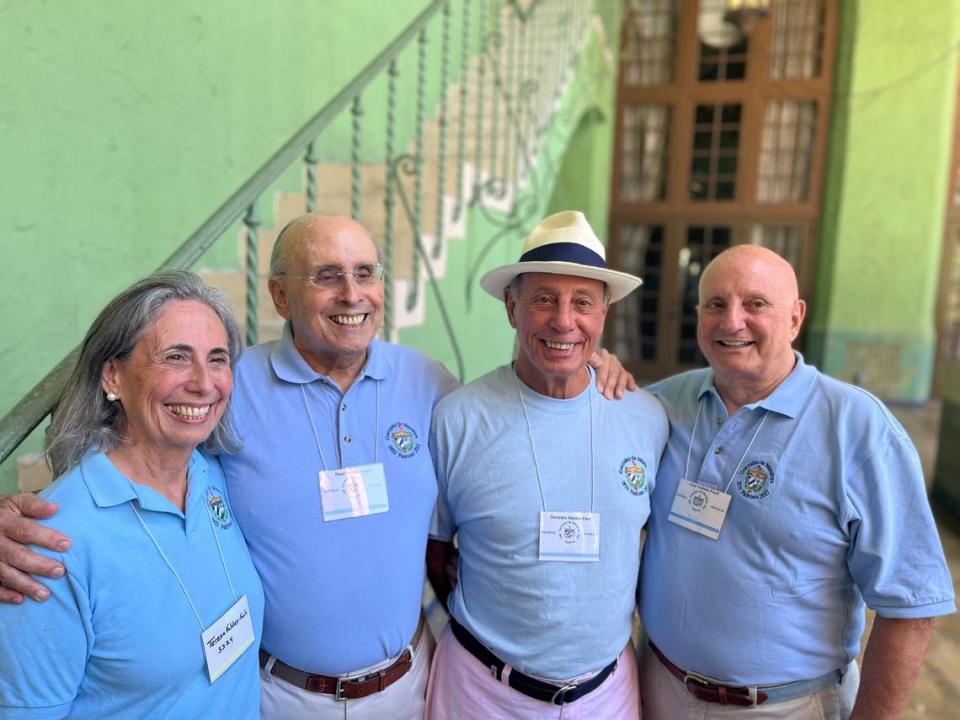
Despite her early dislike for the reunions, Cori Montalvo Beaubien of the Gables never misses one and takes her three grown sons, 20, 19, and 17, with her.
The events show the variety of ways a Mendoza can look, she said. New generations marry outside the culture and leave South Florida.
“You cannot define us by blond hair, blue eyes,” she said. “You can’t define us as being a certain look because everybody marries on. It’s a true melting pot. It’s a picture of progress and being in the United States and being all over.”
And the reunions allow younger generations, whether in Miami or outside, to learn where they come from.
“Some of these kids don’t even speak Spanish,” she said. “Some of these kids have never eaten black beans and rice. They’re so far removed from their Cuban heritage. A lot of it is that lesson, too.”

 Yahoo Movies
Yahoo Movies 